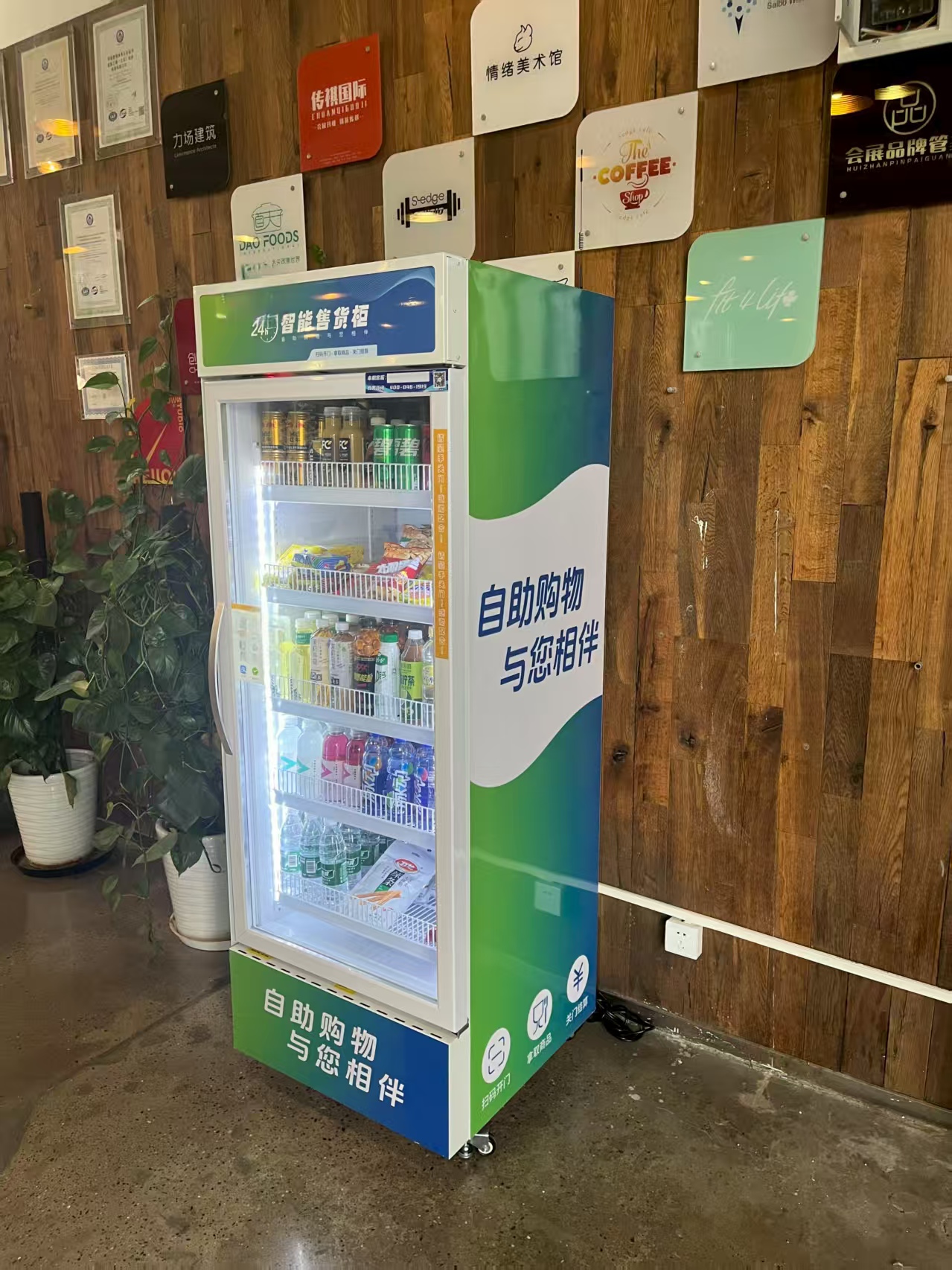The export prospects of unmanned vending machines in China are generally optimistic, with opportunities and challenges coexisting. Writer: Zhang hui
The export prospects of unmanned vending machines in China are generally optimistic, with opportunities and challenges coexisting:

##Core opportunities
1. Strong manufacturing foundation and cost advantage: China has the world's most complete electronic manufacturing supply chain and strong production capacity, which can provide cost-effective and diversified equipment (beverages, snacks, fresh produce, pharmaceuticals, etc.) to meet the budget and needs of different overseas markets.
2. * * Mature mobile payment technology: * * China is a global leader in mobile payment (QR code scanning, contactless payment) and intelligent management platforms. These technologies are integrated into vending machines, improving convenience and operational efficiency, and are an important differentiating competitive advantage.
3. Rich local operational experience: China has a huge unmanned retail market and complex operational scenarios (such as subways, office buildings, communities, factories, etc.), accumulating valuable operational data and experience, and can output targeted solutions.
4. * * Global market demand growth:**
*Emerging markets: Southeast Asia, the Middle East, Latin America and other regions are experiencing accelerated urbanization, rising labor costs, and the development of digital consumption habits, leading to a strong demand for low-cost and high-efficiency unmanned retail solutions.
*Developed markets: Europe, America, Japan, South Korea, and others have a sustained demand for 24-hour convenient services, contactless shopping (in the post pandemic era), and intelligent devices, with potential for high-end, functionally integrated devices.
5. * * Promotion of the "the Belt and Road" Initiative: * * Policy support will help expand infrastructure and trade cooperation among countries along the Belt and Road, and create favorable conditions for equipment export.

##Main challenges
1. * * Differences in payment habits: * * Credit card/cash payments are still common in overseas markets (especially in Europe and America), and it is necessary to adapt to local mainstream payment methods to increase integration costs.
2. Localized operation and maintenance: Remote device maintenance, replenishment, and fault response are costly and difficult, requiring the establishment of a localized service network or the search for reliable partners.
3. Intense international competition: Facing competition from mature brands in Japan, Europe, and America, it is necessary to establish advantages in technology, brand, and service.
4. Regulatory and Certification Barriers: Different countries/regions have varying regulations in areas such as food safety, electrical safety, and data privacy, requiring resources to meet certification requirements (such as CE, FCC, UL, etc.).
5. Cultural differences and site selection challenges: * * It is necessary to understand local consumption habits and preferences, and solve the permit issues for the placement of public space equipment.
##Outlook for the future
In the short term, emerging markets such as Southeast Asia are the main growth points, benefiting from geographical proximity, strong demand, and more compatible payment habits (high popularity of mobile payments). In the medium to long term, Chinese manufacturers are expected to gain a larger share in developed markets through technological upgrades (AI recognition, energy conservation and environmental protection), localized cooperation, flexible payment solutions, and differentiated products. **Integrated solution output (device+system+operational support) * * is more competitive than simply selling devices.
**Conclusion: With its manufacturing, technological, and experiential advantages, China has enormous potential for exporting unmanned vending machines, especially in developing markets. The key to success lies in overcoming local operational challenges, adapting to payment differences, meeting regulatory requirements, and continuously improving product intelligence and reliability. The export prospects are broad, but strategic layout and refined operation are needed.


